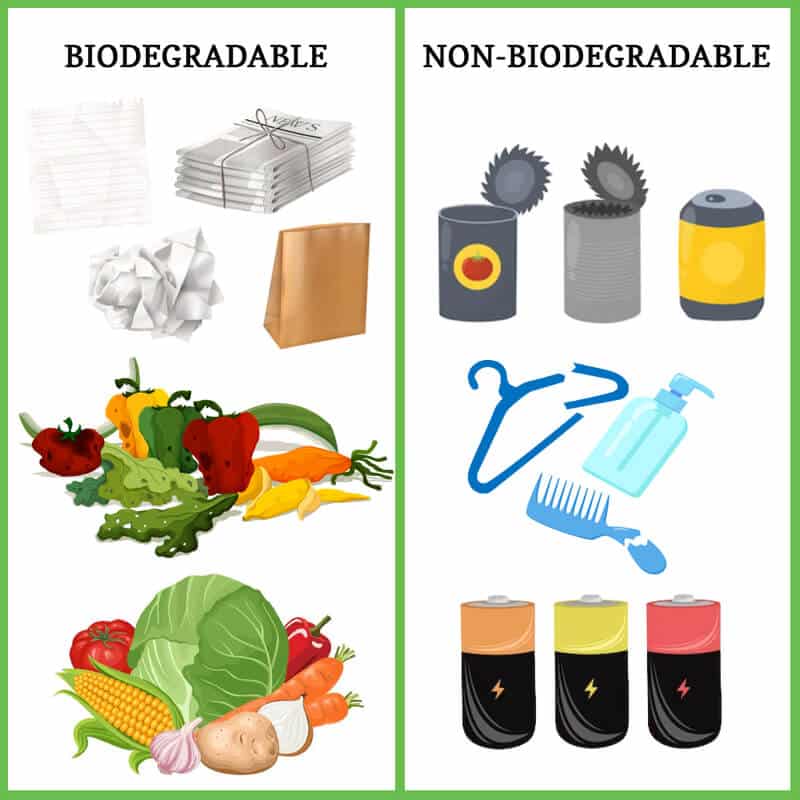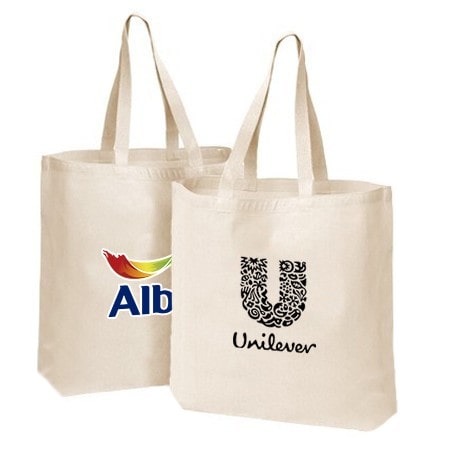Eco-friendly bags, which are also known as eco bags. Everyone has probably seen or used an eco bag as it is omnipresent everywhere, including at work, the grocery store, and schools.
The eco-friendly bag’s reputation among consumers is mostly centered on its affordability and environmental friendliness. The bag has been commonly referred to as the “Eco bag” throughout the market, but is it really as environmentally beneficial as people make them out to be? Let’s dive into its earliest origins!
How Eco-friendly Bags Came Into Being?

Plastic bags play the protagonist at the beginning of the story. In the early 1979s, plastic bags were adopted in many western countries. Then it spread to numerous more nations around the globe. It has progressively become a necessary daily item because it helps carry our day-to-day essentials.
According to reports from the Malaysian Plastics Manufacturers Association, a typical Malaysian consumes 300 plastic bags annually. In addition, WWF-Malaysia calculates that more than 1 million tonnes of post-consumer plastic trash are produced in Malaysia alone.
People frequently disregard the impact an item has on us when they obtain them. People routinely use plastic bags without considering the effects they have on the environment. Plastic bags take roughly 300 years to photodegrade and are exceedingly difficult to recycle. It dissolves into tiny, poisonous fragments that taint soil and water. Animals may unwittingly consume toxic particles whenever it is searching for food. It is completely distressing how plastic bags have done so much to harm our environment.
The appropriate departments have started spreading the notion of “No Plastic” to remedy the situation. Meanwhile, eco-friendly bags are also developed organically.
Why Eco-friendly Bags Can Be Considered Environmentally Friendly?

The difference between biodegradable and non-biodegradable.
The Eco bag is entirely made of biodegradable materials such as paper, food waste, etc. With biodegradable materials, microorganisms have the ability to break down an object into tiny fragments that the environment can then reabsorb without contaminating it. Decomposition takes only 3 to 6 months. It is superior to traditional plastic bags in that it decomposes speedily and has no environmental impact. As the saying goes, kill two birds with one stone.
Types of Eco Bag

Canvas Bag
- Made of coarse linen.
- Strong and durable.
- Useful for branding as your corporate logo can be printed on them.

Jute Bags
- Manufactured from jute plant fibers.
- Fine, soft, solid, and moisture-absorbing properties, fast water dispersion characteristics.

Cotton Bags
- Taken from natural cotton, rarely dyed.
- Eg. Conventional cotton, cotton that has been recycled, and organic cotton.
- Ability to match your distinct style because it is available in multiple colors.
Eco bags are available in a variety of styles. Certo, a corporate gifts supplier in Malaysia, can customize eco bags to an organization’s needs such as specific sizes, color combinations, patterns, and so on. The return rate of customers is also clearly visible. Follow the link to get more ideas about our eco bag.
Summary
Action has a far greater impact than imagination. Our strength to make a positive and measurable impact on our environment lies in taking united action. This is the only way to protect the environment and society from negative consequences. Let’s begin with the fundamentals. Use eco-friendly bags instead of plastic bags!